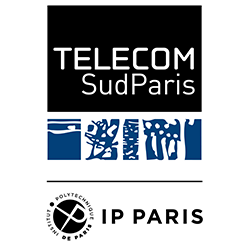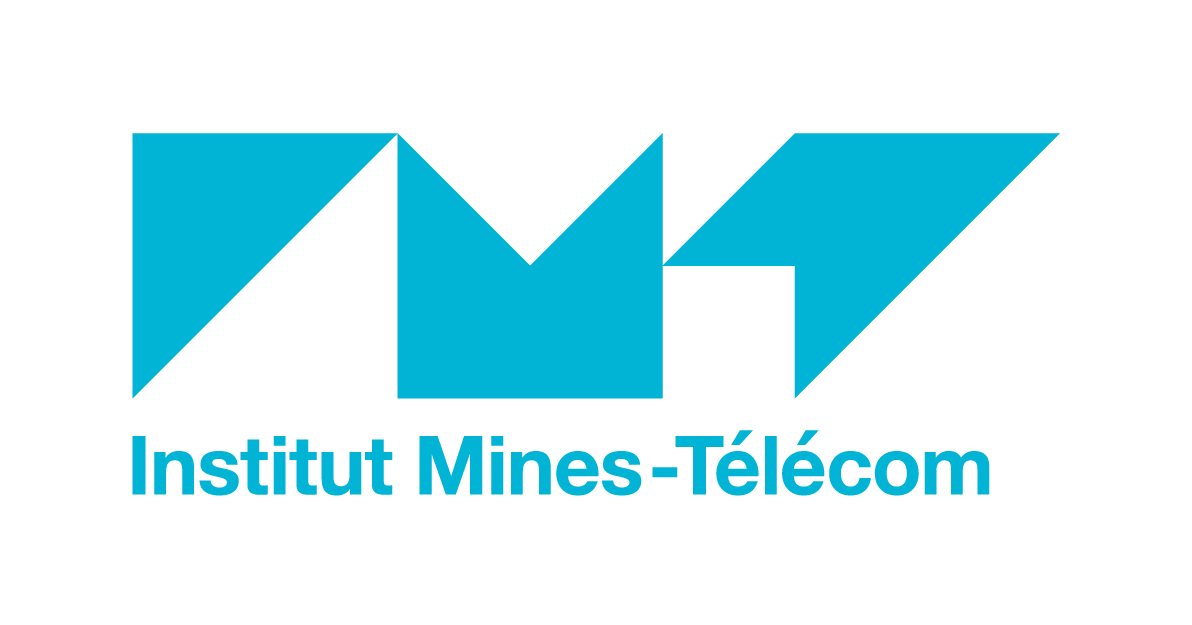Objectives of the teaching unit
After this teaching unit, you should be able to:
-
Identify and use the main interaction patterns between distributed
components (synchronous call, callbacks, orchestration,
asynchronous calls, publish/subscribe) through the study and
practise of several middleware (RestFul Services, Web Services,
AMQP, JavaEE).
-
Design and implement a distributed application made of several
functional modules with computing components, persistent
components, client components. The application will be realised
in the context of a microproject lasting during all the teaching
unit.
-
Identify design patterns and architectural patterns used by
middleware for distributed applications.
-
Define the quality of a distributed architecture and discuss
architecture choices to respond to quality of software
architecture requirements (e.g. interoperability, security,
scalability).
Sequencing
-
Subject
Material
Key notions
-
Software Installation
TODO before
TODO
-
Lecture 1
Tue. 17/09 PM
Introduction
Introduction
-
Middleware, interaction styles, application
servers, component-based architecture
- Introduction to design patterns for distribution
-
Software architecture
Software architecture
-
Introduction to software architecture
- Quality attributes: In the report, we ask you to analyse the architecture of the application with regard to
two quality attributes chosen among 6, the following chapters may help you.
- Software architecture, views,
attribute-driven design, quality
attributes, tactics, architectural
patterns
-
TODO
TODO
TODO
- Read carefully the subject of the microproject.
- Be aware of the prerequisites and do the necessary home work to
be operational, with java tutorial, and relational database tutorial.
- Discover maven (it will be used during labs and microproject)
-
Lecture 2
Fri. 20/09 PM
Component
middleware
Component middleware
- Notion of interface, component, container, application
server
- Functional vs extra-functional services
- Enterprise JAVA Beans, RMI-IIOP, JAVA Naming and directory
interface, Persistence
- Stateless/Stateful Session bean, Annotations, Asynchronous
Method Invocation (Future)
-
Lectures 3 and 4
Tue. 24/09 PM and Fri. 27/09 PM
Component middleware and Microservices
Component middleware and Introduction to microservices with Docker
- Entity bean, Multiplicities (one-to-one, one-to-many,
many-to-one, many-to-many)
- Persistence management mode, container-managed,
bean-managed, persistence context
-
System container, Docker, Microservices
-
Fri. 27/09
10:00 to 12:00
Conference
Conference
-
Lectures 3 and 4
Fri. 27/09 PM
Microproject
Microproject
Work on microproject - TourManagement part
-
Home Work
TODO
TODO before Tue. 01/10 noon
- Provide class diagrams for the TourManagement component of the microproject representing the information in the database.
- Implement the TourManagement component of the microproject with EJBs and return your code with a tag on gitlabense;
- Return these 2 elements (code and class diagrams). You will then have time to update this first version.
-
Lectures 6 & 7
Tue. 01/10
and Fri. 04/10 PM
REST Web Services
REST
- Architectural style, WWW, RESTful, REST resource
- CRUD (HTTP): Create (POST), Read (GET), Update (PUT),
Delete (DELETE)
- JAXB, Format (plain text, html, xml, json [JavaScript
Object Notation], image, video),
- JAXB (JAVA Architecture for XML Binding), serialisation,
Un/Marshalling, Annotations
- JAX-RS, RESTful WebServices, Annotations
-
Home Work
TODO
TODO
- Finish REST lab on git before Thursday October 10th at
midnight and put a tag called "REST".
-
Lecture 8
Tue. 8/10 PM
Conference
Conference
-
Lecture 9
Fri. 11/10 PM
Conference
Conference
-
Lecture 10
Tue. 15/10 PM
Publish-subscribe middleware (1/4)
Publish-subscribe middleware (1/4)
-
Event-based (a.k.a. publish-subscribe)
(initiator = provider and adressee =
indirect) versus request/reply,
callback (a.k.a. observer/observable),
anonymous request/reply
-
EBS service: notification, advertise,
subscribe, publish, notify, producer,
consumer
-
Notification filtering: channel-based,
subject-based (a.k.a. topic-based),
type-based, content-based
-
AMQP: message queue, exchange,
binding, binding and routing keys,
wildcards (/, #
and *)
-
Home Work
TODO
TODO
-
Finish the study of the questions on RabbitMQ
-
Lecture 11
Fri. 18/10 PM
Publish-subscribe middleware (2/4)
Publish-subscribe middleware (2/4)
-
MQTT: QoS0/"At most once", QoS1/"At
least once", QoS2/"Exactly once",
session and CleanSessions,
and RETAIN flag, wildcards
(/, #,
and +)
-
Home Work
TODO
TODO
-
Finish the study of the Lab on MQTT
-
Work on the microproject: group communication and
integration phase
-
Lectures 12 and 13
Tue. 22/10 PM and Fri. 25/10 PM
Publish-subscribe middleware (3—4/4)
Publish-subscribe middleware (3—4/4)
-
AMQP, virtual host, access control
-
Kafka: cluster, partitioned log, structured commit log,
topic, consumers join groups, leader and followers,
total order within a partition
-
Home Work
TODO
TODO
- Return Microproject on gitlabense before Wednesday November, 6th at
6:00 pm and put a tag called "FINAL VERSION" on the "main" branch.
-
Defense
Fri. 08/11
Defense
Microproject

